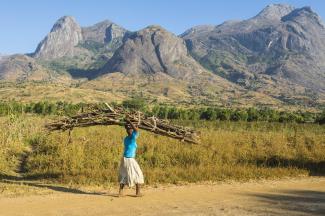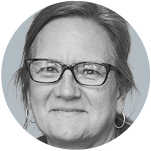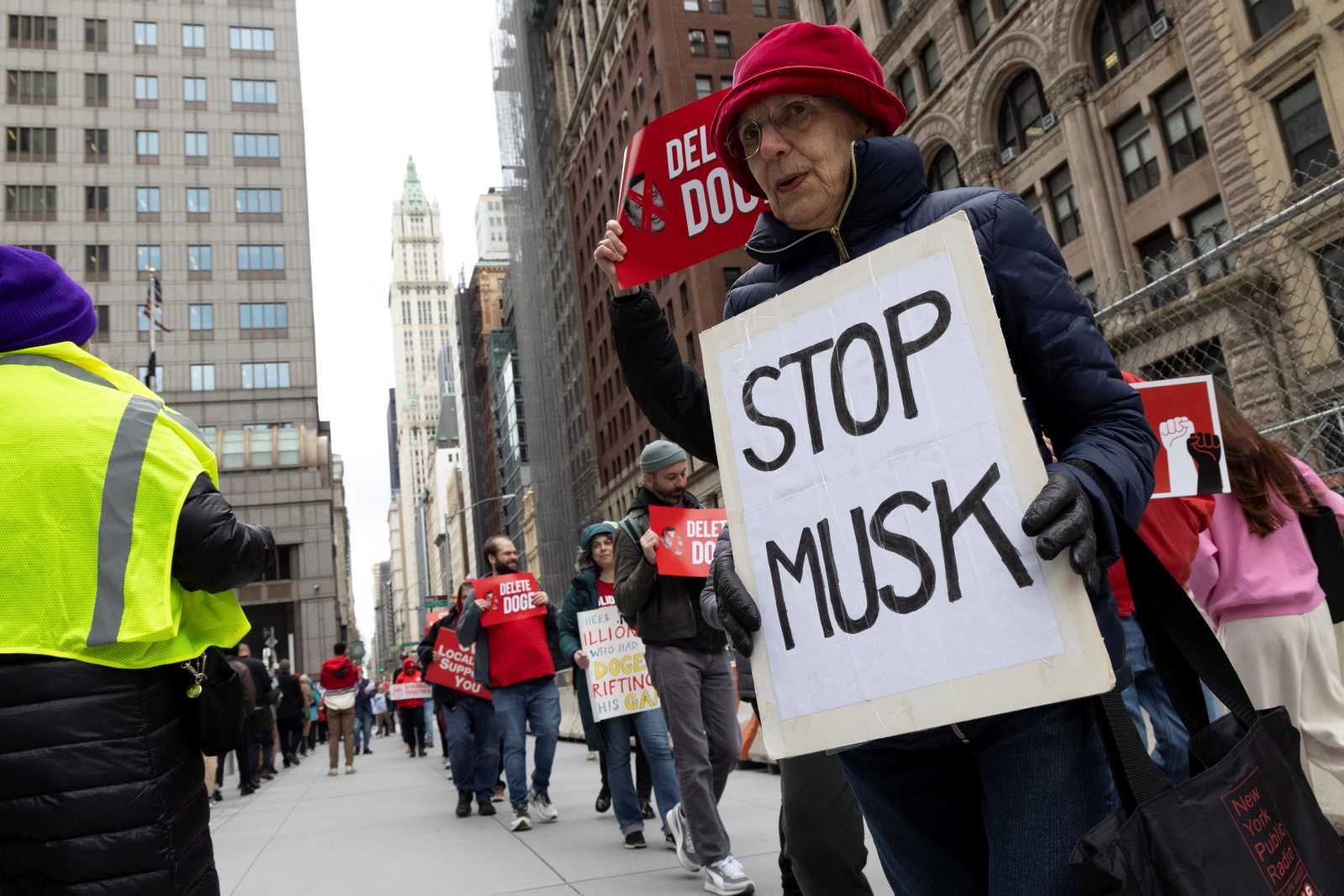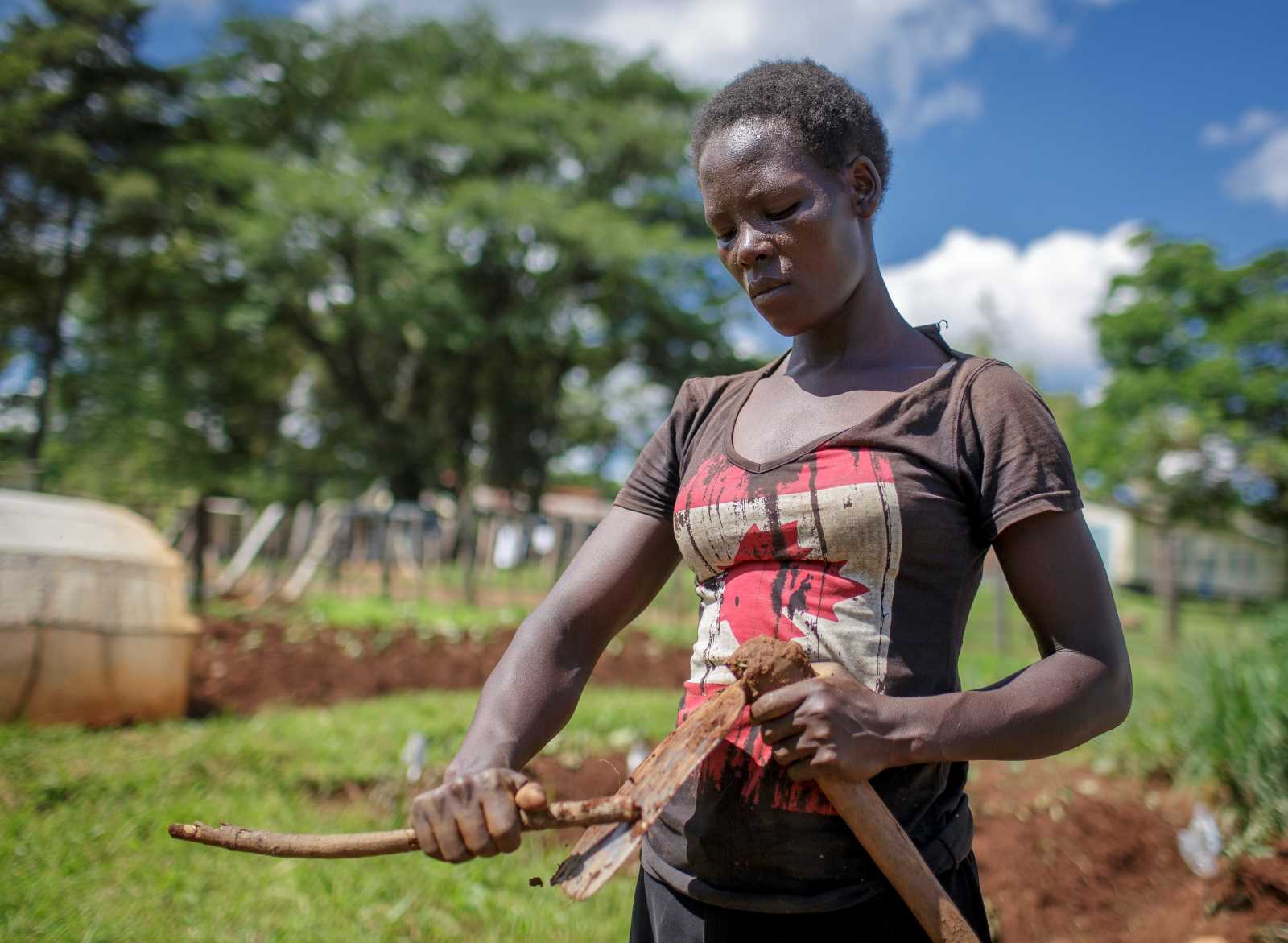Social inequality
Care-giving and household chores keep women poor

According to a recent report by Oxfam, the international non-profit organisation, the poorer half of the world population owns less than one percent of global wealth. On top of the scale, 2,153 people – mainly men – own more than the lower 60 % of the world population combined, the authors write.
This striking imbalance is owed to an exploitative economic system in which many people toil without pay while a few skim off the profits.
The report shows how unequal distribution of care and welfare work creates and deepens inequality. Women and girls in particular are economically disadvantaged: on average, they are less educated than men, earn less and are more likely to live in poverty. Worldwide, 42 % of women of working age are unable to do paid work because of care-giving and nursing duties. They cook, clean, wash, do the shopping, educate children and care for the sick and elderly. In rural areas of the global south, very time-consuming activities such as collecting firewood and fetching water from distant places often add to the unpaid duties. According to the report, women and girls perform more than 12 billion hours a day of unpaid work in families, households and communities. If it was reimbursed, it would have an economic value of almost $ 11 trillion annually – about three times the global turnover in the IT sector.
The climate crisis, to which the growth-oriented economy is heavily contributing, worsens the situation. Oxfam estimates that by 2025, 2.4 billion people will be living in areas without sufficient water supply. Therefore, women and girls will have to walk further and further to fetch water. Increasing droughts and floods are also threatening agricultural production and leading to an increase in diseases such as malaria and diarrhoea. Again, women would have to bear the major burden by investing even more hours in maintaining the life and health of their families.
To achieve the Sustainable Development Goals (SDGs), the economy must focus on people’s wellbeing and the things that really matter to society, the authors claim. Oxfam has established the following principles, called “4R”:
- Reduction: the establishment and expansion of public infrastructure (both care and welfare infrastructure plus water and electricity supply) should reduce unpaid care and welfare work.
- Representation: caregivers must be given more say and representation in politics and business, women’s rights and women’s organisations must be strengthened.
- Redistribution: unpaid activities within households need to be redistributed, including through rethinking role models and more flexible working hours.
- Recognition: the value of care and welfare work within the economy must be increased – both through material recognition and social-security systems.
Moreover, Oxfam proposes higher taxation of corporations and wealthy people to finance necessary investments. If the richest one percent of the world’s population paid only 0.5 percent more tax over the next ten years, 117 million jobs could be created in education, health, care and other sectors.













